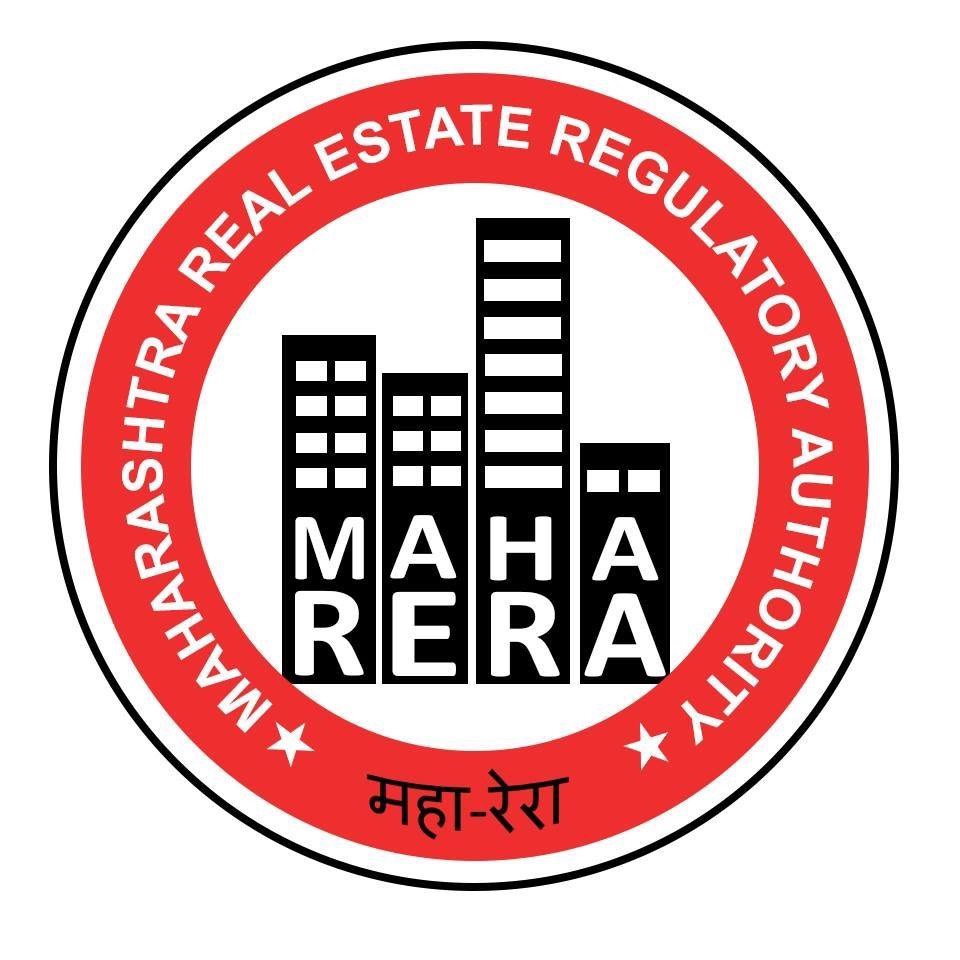MahaRERA recently issued a circular requiring promoters to provide different types of certificates. These certificates would be from engineers, architects and chartered accountants to the banks. With a copy to the real estate regulatory authority before withdrawing any amount received from the buyers, stating that the payments are in proportion to the percentage of construction completed. The amounts received from the allottees deposited to a separate account.
MahaRERA will upload these certificates provided by the architect and engineer to its website for the convenience of home buyers. This will mean that the home buyers can see the exact status of the project. For example, the amount of construction completed and costs incurred. Previously, the promoter had to receive certificates, and it was only necessary to submit a self-declaration to the bank.
Promoters must also verify their account separately within six months of the end of each fiscal year by a CA. They must also submit an account statement duly certified and signed by the CA. The audit by CA will confirm that the funds raised for a specific project have been used for that project and that the withdrawals correspond to a fraction of the percentage of work completed. This new rule applies to both ongoing, new and upcoming projects.
More financial transparency
The promoters are, in accordance with section (2)(l) D of section 4 of the Act, obliged to deposit 70% of the money raised for the project of the buyers in a separate account in the specified bank. This money used only to cover construction costs, land and other construction costs. To ensure that withdrawals are proportional to the percentage of project work performed. The developer must provide certificates from the engineer, architect and CA (Chartered Accountant) to MahaRERA, other than the bank, at each withdrawal until the project completion certificate is received.
The 2017 Maharera Circular allowed the organizer to make only one self-declaration every quarter. Instead of issuing these three certificates each time on every withdrawal from the bank account. Lawyer Anil D Souza, secretary of the Maharashtra State Bar Association, said, “MahaRERA has not only brought more transparency to the financial aspect of project management. But has also placed a greater responsibility on the promoters along with the engineer, the architect, and CA certifying at each step. Previously, home buyers were unable to know the status of their money, once they have invested in a project. But with this regulation, the authorities can regulate and track the dishonest practices of builders.
Also read:-


